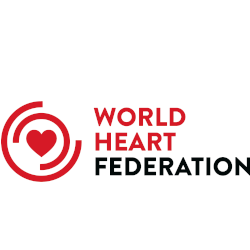Research
Knowledge and perceptions about hypertension among neo- and settled-migrants in Delhi, India
Abstract
Background: Hypertension has emerged as a major public health problem in developing countries. Despite an increasing prevalence of hypertension in India, people’s knowledge and perceptions, which are vital during interventions to bring behavioural change, are not known widely.
Methods: Data pertaining to blood pressure, height, weight; socio-demographic details and knowledge and perceptions on hypertension were obtained from a total of 453 individuals (227 neo-migrants and 226 settled-migrants) aged 20 years and above.
Results: Around 62% of respondents had heard of blood pressure. This awareness was comparatively more among women and settled-migrants. Less than half of the respondents considered hypertension a serious condition, and a considerable proportion did not perceive that hypertension leads to other diseases. With regard to prevention and control, more than one third suggested lessening tension and anger followed by reducing salt intake/dietary changes, and a very small proportion mentioned that exercise would help. Regarding treatment, three fourths of the respondents considered that hypertension can be treated, mostly by medicines and only 10% considered lifestyle changes along with medicines. Thus, in these communities, more than a half possessed the knowledge, less than a half perceived that hypertension can be prevented, and less than a half of these followed at least one of the lifestyle changes mentioned by them.
Conclusion: Despite the higher prevalence of hypertension, knowledge about hypertension was only moderate and comprehensive knowledge was lacking, with the ‘rule of halves’ still valid in these migrant populations. The study underscores the importance of increasing public health knowledge and awareness in preventing and controlling hypertension along with the provision of primary health care services with an emphasis on hypertension and related cardiovascular diseases for these socio-economically disadvantaged communities.


